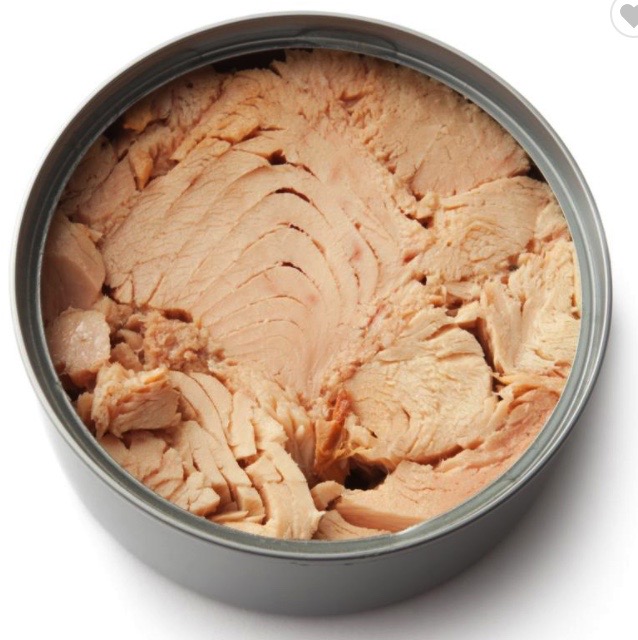Qualitative determination of histamine in canned yellowfin tuna (Thunnus albacares) marketed in Sardinia (Italy) by rapid screening methods

Submitted: 2 October 2020
Accepted: 22 March 2021
Published: 1 July 2021
Accepted: 22 March 2021
Abstract Views: 1492
PDF: 497
HTML: 31
HTML: 31
Publisher's note
All claims expressed in this article are solely those of the authors and do not necessarily represent those of their affiliated organizations, or those of the publisher, the editors and the reviewers. Any product that may be evaluated in this article or claim that may be made by its manufacturer is not guaranteed or endorsed by the publisher.
All claims expressed in this article are solely those of the authors and do not necessarily represent those of their affiliated organizations, or those of the publisher, the editors and the reviewers. Any product that may be evaluated in this article or claim that may be made by its manufacturer is not guaranteed or endorsed by the publisher.
Similar Articles
- Guerrino Macori, Alberto Bellio, Daniela Manila Bianchi, Silvia Gallina, Daniela Adriano, Fabio Zuccon, Francesco Chiesa, Pier Luigi Acutis, Francesco Casalinuovo, Lucia Decastelli, Molecular typing of Staphylococcus aureus isolate responsible for staphylococcal poisoning incident in homemade food , Italian Journal of Food Safety: Vol 5, No 2 (2016)
You may also start an advanced similarity search for this article.

 https://doi.org/10.4081/ijfs.2021.9379
https://doi.org/10.4081/ijfs.2021.9379



